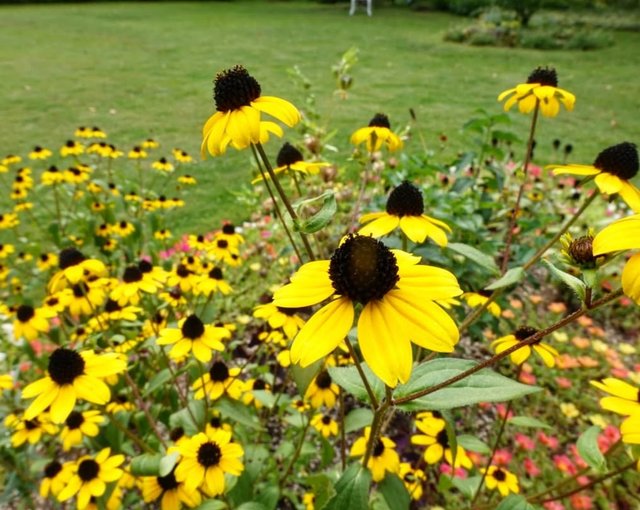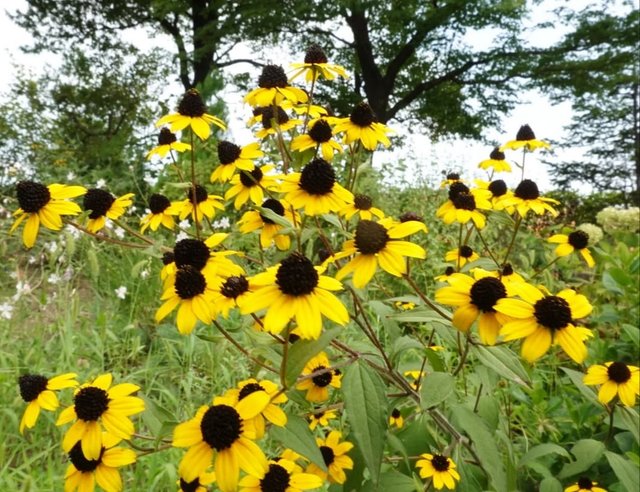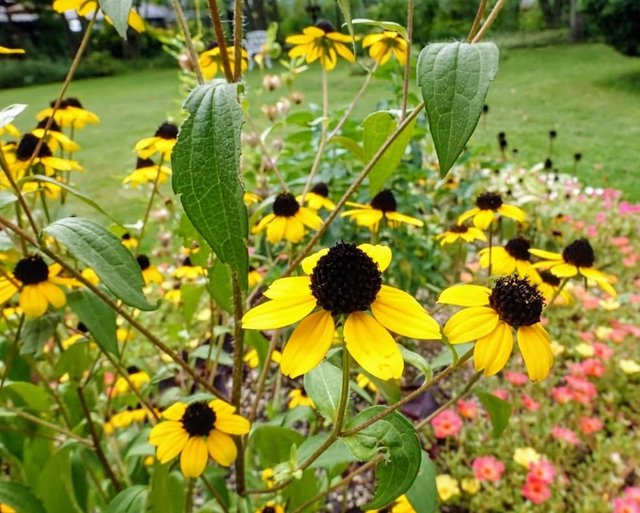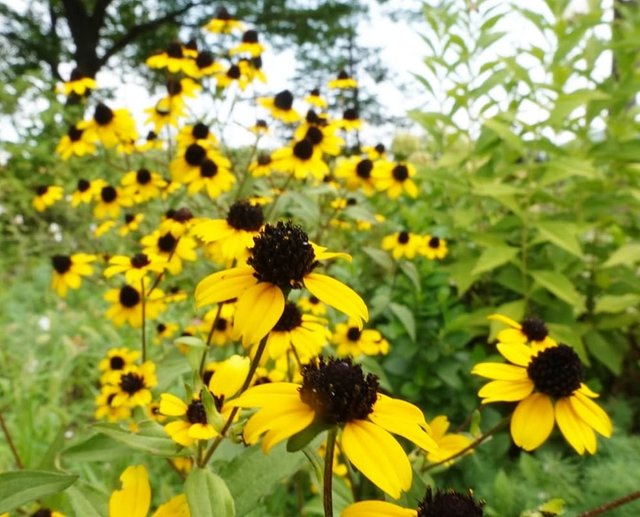Black-Eyed Susan Flower
Black-eyed Susan is one of the most beloved wildflowers in North America, instantly recognizable for its cheerful golden-yellow petals surrounding a dark, dome-shaped center. This flower, often considered the signature bloom of prairies and meadows, carries both ecological and cultural significance. With its bright appearance and easy-to-grow nature, it has earned a place in gardens, natural landscapes, and even in folklore.
Appearance and Characteristics
Black-eyed Susan is a member of the Asteraceae family, which also includes daisies, sunflowers, and asters. Its daisy-like flowers typically measure 2–3 inches across, with striking yellow to orange petals radiating from a dark brown or nearly black center. The leaves are rough, hairy, and lance-shaped, giving the plant a rugged texture that helps it withstand varying weather conditions. Standing anywhere between 1 and 3 feet tall, this perennial thrives in both wild and cultivated environments.
Native Habitat Native to the central and eastern United States, Black-eyed Susan has spread widely and naturalized in many parts of North America. It flourishes in open fields, roadsides, prairies, and disturbed soils, where it can quickly establish itself. The plant’s resilience makes it an excellent pioneer species, often among the first wildflowers to colonize cleared or newly restored areas. Its adaptability to different soil types and tolerance for drought conditions further contribute to its success in the wild.
Ecological Importance
Black-eyed Susan is more than just a pretty flower—it plays a vital role in supporting pollinators. Its nectar and pollen attract bees, butterflies, and beetles, making it a valuable addition to pollinator-friendly gardens. Birds, especially goldfinches, feed on its seeds in late summer and fall. By providing food and shelter, Black-eyed Susan helps maintain biodiversity and contributes to healthy ecosystems.
Symbolism and Folklore
Throughout history, Black-eyed Susan has carried symbolic meaning. Often associated with encouragement, justice, and optimism, its bright yellow blooms symbolize warmth and resilience. According to folklore, the flower was linked to a popular English ballad about a young woman named Susan searching for her lost sailor, William. The golden petals were said to represent her bright and unwavering hope, while the dark center reflected the challenges of love and longing.
| Device | cannon eos 700D |
|---|---|
| Lens | 55-250 zoom leans |
| Location | Bangladesh |




